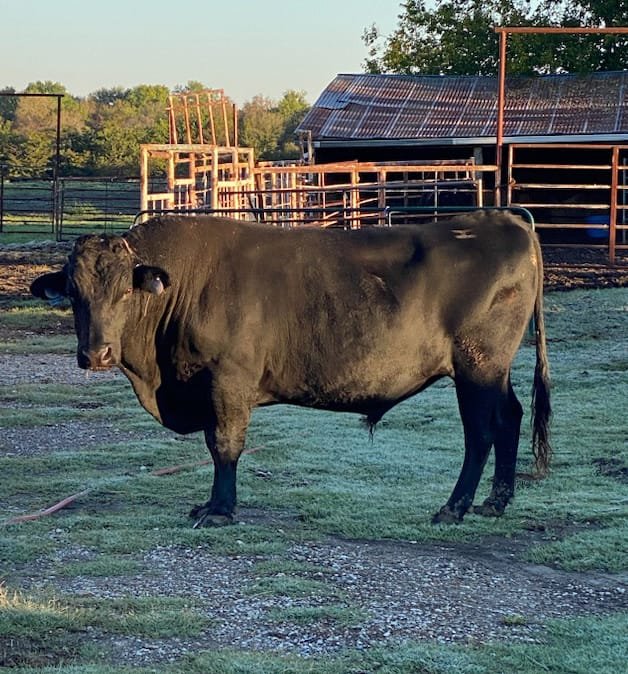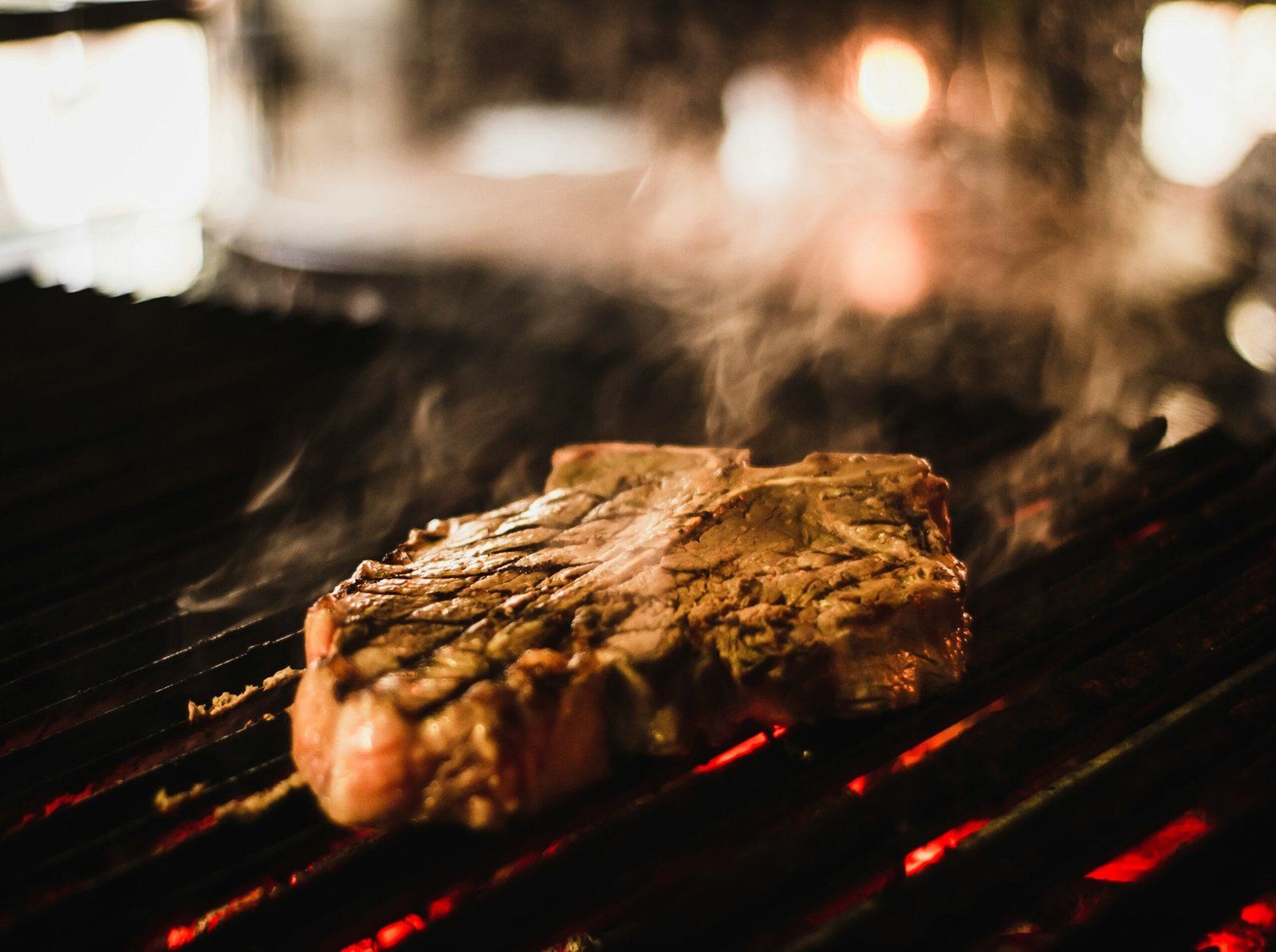What is Wagyu Beef?
Wagyu beef, renowned for its exceptional quality, originates from Japan, where it has been cultivated for centuries. The term “Wagyu” translates to “Japanese cow,” and it encompasses several specific breeds, the most famous of which include the Japanese Black, Japanese Brown, Japanese Shorthorn, and Japanese Polled. Each of these breeds contributes to the unique characteristics of wagyu marbling, which is a defining feature of this luxurious meat. The intricate patterns of fat interspersed within the muscle, known as marbling, result in a tender and flavorful eating experience that is unparalleled in the beef industry.

There are several factors that contribute to the distinctive qualities of Wagyu beef. First and foremost is the breeding process, which prioritizes attributes such as fat deposition, tenderness, and flavor. Japanese farmers often raise their cattle with a focus on the animals’ welfare, leading to a relaxed environment that promotes optimum growth and fat development. Moreover, the diet of these cattle typically includes high-quality grains, grasses, and even sake mash, which further enhances the flavor profile and overall marbling of the beef.
Wagyu beef is considered a luxury item globally because of its limited availability and labor-intensive production methods. The unique experience offered by Wagyu, often characterized by its buttery texture and rich umami flavor, makes it a sought-after ingredient in high-end culinary settings. Chefs and food enthusiasts alike prize Wagyu for its ability to elevate dishes, whether served as steak or incorporated into gourmet recipes. When compared to other types of beef, the rich marbling found in Wagyu not only enhances taste but also provides a remarkable melt-in-your-mouth sensation that leaves a lasting impression on the palate.
The Science Behind Marbling
Marbling refers to the intramuscular fat found within the muscle tissue of meat, and it plays a pivotal role in defining the quality of Wagyu beef. The intricate web of fat that weaves through the muscle fibers contributes not only to the meat’s aesthetic appeal but also significantly influences its flavor and tenderness. The degree of marbling is often one of the primary factors assessed when grading Wagyu, with higher grades indicating a more abundant presence of intramuscular fat.
The formation of marbling is a complex process that begins in the animal’s developmental stages. Factors such as genetics, diet, and management practices influence the extent and quality of marbling. Wagyu cattle, renowned for their exceptional genetic disposition, naturally possess a higher propensity for fat deposition within their muscles compared to other breeds. Special feeding regimens, often including high-energy diets supplemented with grains, can enhance marbling further, leading to the characteristic buttery texture and rich flavor profile associated with Wagyu.
The relationship between marbling and the eating experience cannot be overstated. Higher marbling often correlates with increased levels of flavor, tenderness, and juiciness, creating an indulgent sensory experience. As the fat melts during cooking, it impart flavors to the meat, enriching each bite. Additionally, the presence of marbling leads to a more succulent texture, enabling the meat to remain moist, even when cooked at higher temperatures.
To standardize and communicate the quality of Wagyu marbling, various grading systems are employed. These systems consider the overall distribution, size, and quality of the fat within the meat. In Japan, the Japan Meat Grading Association (JMGA) classifies Wagyu based on a combination of yield grade and quality grade, which includes marbling. Such grading not only guides consumers in their purchasing decisions but also fosters a deeper appreciation for the craftsmanship behind this luxurious beef.
Why Marbling Matters for Flavor and Tenderness
Wagyu marbling refers to the intricate white flecks of fat interspersed throughout the muscle tissue of the beef. This unique characteristic plays a critical role in determining the flavor and tenderness of the meat. Unlike other beef types, where the marbling may be less pronounced, Wagyu beef is renowned for its exceptional marbling, significantly enhancing its gastronomic appeal.

The presence of intramuscular fat, common in Wagyu, acts as a flavor enhancer by imparting a rich, buttery taste that is unparalleled in lesser cuts of beef. When cooked, this marbling melts and bastes the meat, resulting in a juicier and more succulent experience. In contrast, leaner cuts of beef often lack this flavorful fat, leading to a drier and less palatable meal. Therefore, the pronounced Wagyu marbling elevates the overall eating experience, making it a sought-after delicacy among culinary enthusiasts.
Moreover, the cooking process of Wagyu is significantly influenced by its marbling. Due to the fat content, cooking methods that allow for gentle heat applications, such as sous-vide or grilling over low heat, are preferred. These methods ensure that the marbling renders slowly, allowing the flavors to develop fully while maintaining the meat’s tenderness. A quick sear can be beneficial to create a flavorful crust while retaining the juicy, melting-in-your-mouth experience synonymous with Wagyu beef. Techniques such as reverse searing or low-temperature roasting also showcase the meat’s marbling effectively, maximizing savoriness and tenderness.
The marbling in Wagyu beef is not merely an aesthetic feature but a fundamental component that contributes to the overall flavor and tenderness of the meat. By understanding the importance of Wagyu marbling, culinary aficionados can enhance their cooking methods and fully appreciate the luxurious experience that this exceptional beef offers.
How to Choose and Cook Wagyu Beef
When selecting Wagyu beef, the quality of the marbling is paramount. Look for cuts that showcase a fine, intricate pattern of intramuscular fat, which contributes to the beef’s rich flavor and tender texture. High-quality Wagyu is often graded based on its marbling, with the highest grades, such as A5, indicating an abundance of this fat. Understanding the grading system will empower consumers to make informed choices. The Japanese Beef Marbling Standard (BMS) ranges from 1 to 12, where BMS 6 and above typically define premium Wagyu. Always check labels to ensure authenticity, as true Wagyu must come from specific breeds and regions.
When cooking Wagyu, the goal is to enhance its unique qualities without overpowering the flavor. The recommended cooking methods that best showcase the creamy marbling and tenderness include grilling or pan-searing at a medium-high temperature. These techniques create a beautiful crust while maintaining the juicy, soft interior. For grilling, ensure the grill grates are preheated to sear the beef effectively, promoting a flavorful exterior. A cast-iron skillet is also an excellent option for searing, as it distributes heat evenly and allows for precise temperature control.
It’s important to avoid overcooking Wagyu, as its high fat content can lead to a loss of flavor and texture. Aim for a medium-rare finish, which will maintain the integrity of the marbling and deliver an exquisite eating experience. After cooking, allow the beef to rest for several minutes before slicing, which permits the juices to redistribute, further enhancing its tenderness. Lastly, serve Wagyu with minimal additional seasoning, such as a sprinkle of sea salt, to appreciate its natural flavors fully. By following these tips, you can confidently choose and prepare Wagyu beef, elevating your culinary skills and indulging in this luxurious meat.

